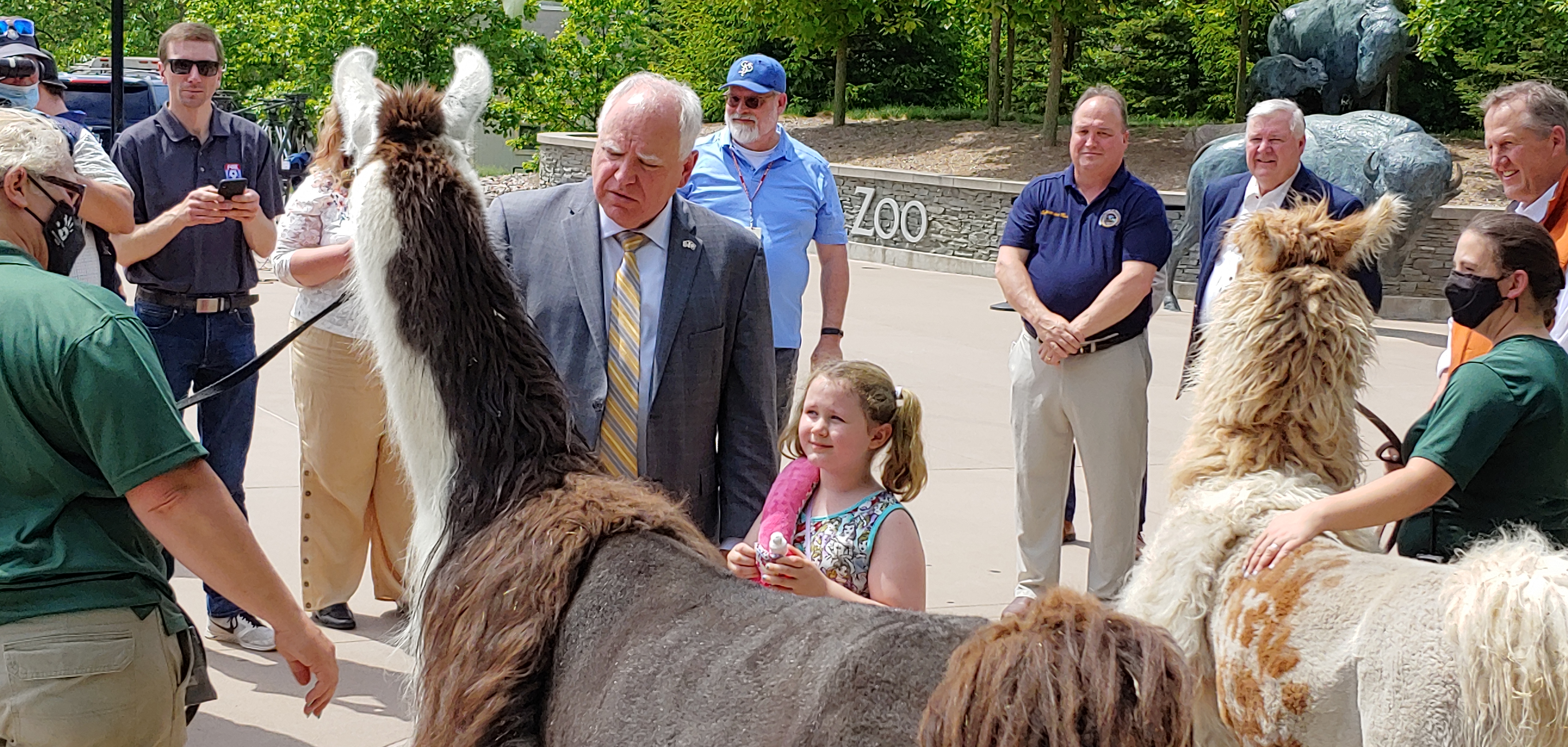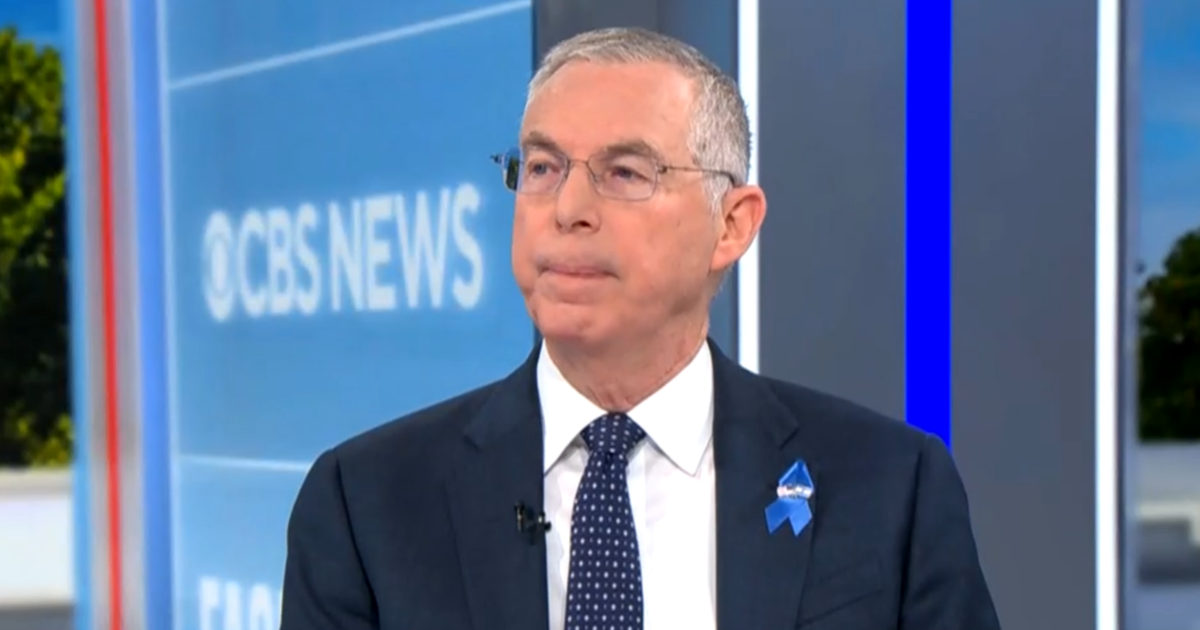Star Tribune
Man drowns in south metro lake after being tossed from inflatable device by boat’s wave

A man drowned in a south metro lake after he and another person were pitched from their inflatable device by a wave from a passing boat, officials said Tuesday.
The incident occurred late Saturday afternoon on Lake Marion in Lakeville, the Dakota County Sheriff’s Office said.
The Sheriff’s Office identified the man who died as Patishtan Hernandez, 26, of Northfield.
Hernandez and a 19-year-old man were “on an inflatable device outside the designated swimming area [when] a wave from a nearby boat caused both to fall into the water,” a Sheriff’s Office statement read.
A bystander rescued the younger man, but Hernandez went under and could not be saved, the statement continued.
The Sheriff’s Office said its dive team recovered Hernandez about 40 yards from shore in 8 feet of water.
“We thank and commend the bystander for his heroic, lifesaving efforts … and extend our deepest sympathies to the family and friends of Mr. Patishtan Hernandez,” the statement read.
Star Tribune
Minnesota State Fair’s last two church dining halls find ways to survive and thrive

(Star Tribune/The Minnesota Star Tribune)
Jane McClure, a community journalist, has volunteered at the Hamline Dining Hall for more than 20 years. For the past several years, she’s been its morning greeter. “I tell people where to go … in a kind, Methodist way,” she said.
McClure, who serves as the church historian, has researched the heyday of church dining halls, as well as the declining numbers. Although more than a few churches were built and improved using dining hall proceeds over the years, McClure said many congregations today would think twice about starting a dining hall. New food items might draw customers, she said, but getting folks to volunteer as cooks, servers and coffee-pourers is tougher. Yet, volunteering is critical to making it all go.
“Sometimes, love isn’t enough to keep something going,” McClure said. “I think you see fewer dining halls now for a lot of reasons. Number one, it’s hard to get volunteers, and it’s a lot of work.”
But that, too, is cause for optimism among the fair’s last dining halls. Officials at both churches say that although volunteers are hard to come by, publicity and popular food items have helped pull some new folks into the fold.
At Salem, Hoffer said, about 150 people volunteer for the dining hall each year. Those numbers include neighbors, nonmembers and members of partner churches, he said. About a third are young people, ranging from middle school students to college. A chance to earn tips helps, the pastor said.
(The Minnesota Star Tribune)
A 15-pasenger, volunteer-laden van leaves the church’s Weber-Camden parking lot before dawn every morning.
Star Tribune
Building a pipeline for rural politicians, without the partisanship

“There’s just not enough people to go around,” said Anna Wasescha, president and CEO of West Central Initiative, a regional community foundation that serves nine counties and White Earth Nation in West Central Minnesota. “It’s a crisis in rural areas. The traditional ways that communities can be knit together were things like the service clubs, and they’ve waned in their popularity.”
A few years back, Wasescha was confronted with stark data from her area: 410 units of government across nine counties with a combined population of a quarter million, and half that region classified as “leadership-distressed.” The problem seemed to only be getting worse because increasingly polarized politics meant potential leaders saw running for unpaid or poorly paid offices as just not worth the headache.
“There’s gotta be a pipeline for elected officials,” Wasescha said. “We’re lifting up a positive vision for citizenship and democracy.”
So began West Central Initiative’s Run4Rural public leadership training as part of its more broad Rural Democracy program. Wasescha got in touch with Erik Peterson, a community organizer who worked for a decade at Wellstone Action, a grassroots progressive campaign training organization now known as re:power. Back in 2006, Peterson was working at Camp Wellstone, putting on three-day seminars to foster a new generation of progressives, when a middle-aged Mankato high school teacher joined a training session, planning a run for Congress.
A couple weeks ago, just a few hours after that former Mankato high school teacher, Tim Walz, was named the Democratic vice-presidential pick, Peterson sat before this fresh group of aspiring rural Minnesota leaders. He wasn’t preaching his own politics. Instead, he was showing these prospective rural office-holders how to run a successful campaign.
“Ultimately, running for office is about telling your story,” Peterson said. “A message. What is a message? A message is not your 10-point plan. It’s not your manifesto, not your talking points. It’s not even your slogan. The message is that idea, that impression that you want people to have of you. People are going to remember very little about you. But if they remember, hey, he seemed like a really solid, sound guy, he seemed like he knows what he’s doing — wow, that’s huge.”
Star Tribune
As Walz makes Trump’s COVID-19 response a campaign issue, we look at Walz’s record

Frequent media events at the start of the pandemic made him a household name, even among apolitical Minnesotans who had little else to do but tune in amid school and business closures and restrictions on social gatherings.
Walz then made numerous public appearances in 2021 to promote COVID-19 vaccinations, welcoming the first doses of vaccine when they arrived at the Minneapolis VA Medical Center, unveiling the state’s Mall of America pop-up clinic, getting his own shot alongside former Republican Gov. Tim Pawlenty, and appearing at the Minnesota Zoo to promote free passes, fishing licenses and other vaccine incentives.
The governor responded personally when Hennepin Healthcare had dire needs, said Jennifer Decubellis, who took charge of the safety-net health care provider in Minneapolis at the start of the pandemic. She credited Walz for making the tough choice to suspend non-emergency surgeries in spring 2020 to preserve hospital supplies and for creating an equitable rationing system in early 2021 so health care providers wouldn’t fight over limited vaccines.
The governor also helped secure a deployment of military doctors and nurses in late 2021 when her hospital was overwhelmed.
“That extra boost of help got us through,” Decubellis said.
Walz’s leadership during the pandemic may have aided his selection as the VP candidate, said Larry Jacobs, a University of Minnesota political science expert. His work with governors regionally to standardize COVID-19 responses led to his election as chairman of the Democratic Governors Association. And that made him a presence at the White House this year, and an influencer over whether President Joe Biden should pursue a second term.



